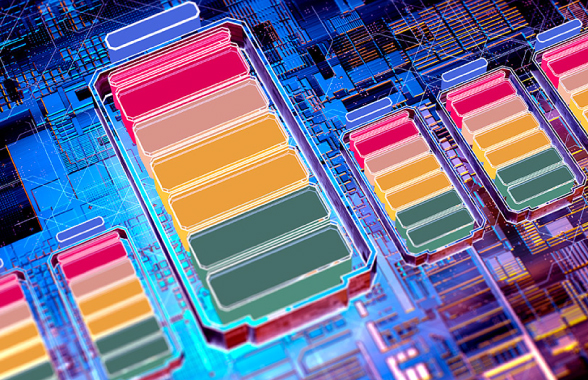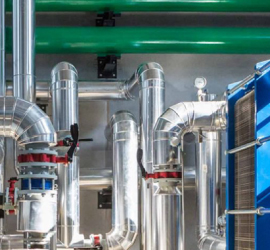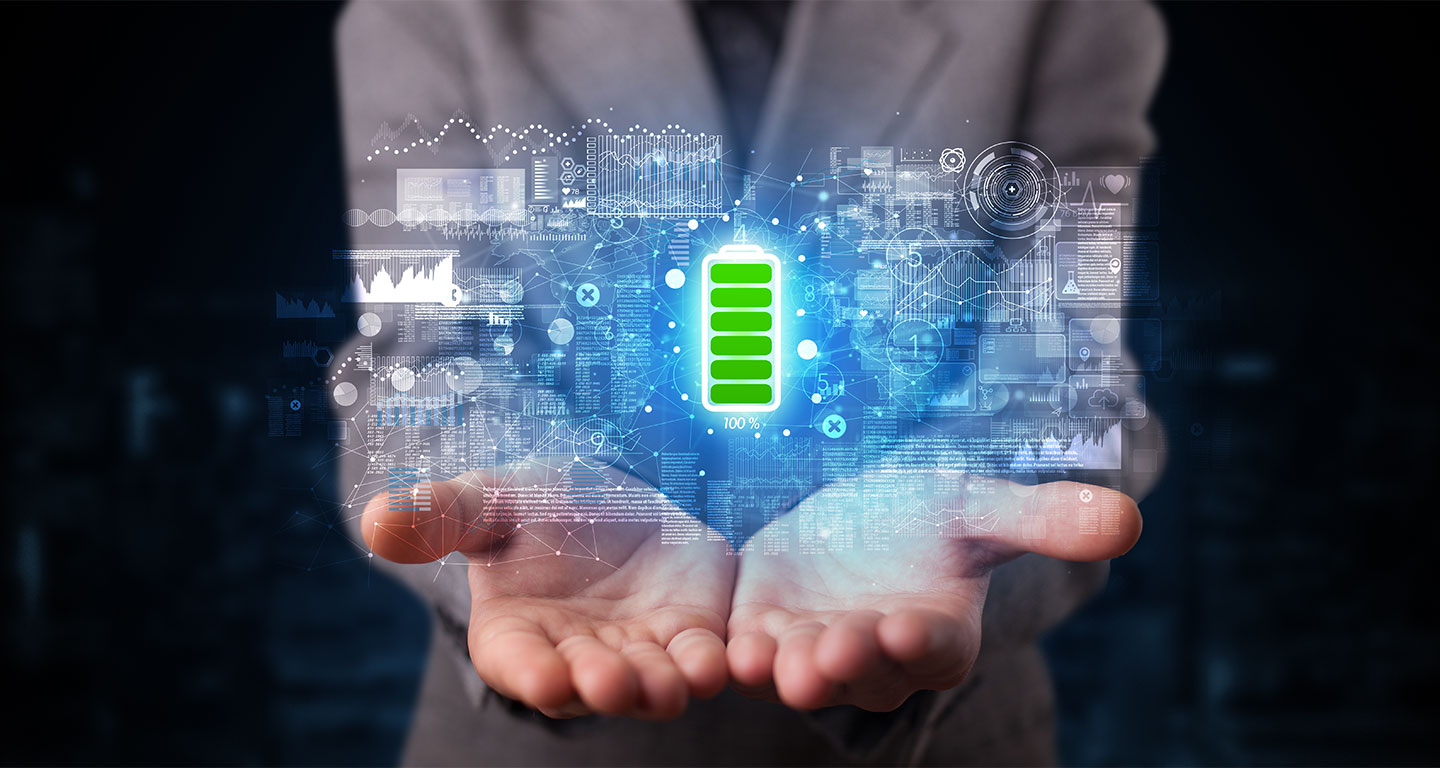What are second life batteries used for?

What is the process of recycling batteries?
When an EV battery reaches the end of its “first life”, there are three options for its “second”:
- Repurposing, wherein several suitable packs are selected and combined based on residual state, capacity, et cetera, is one option.
- Refurbishment of packs is a second viable option. Essentially packs are disassembled and then single cells are reconditioned and repacked in new modules.
- Recycling, which involves extracting the valuable metals in the battery and re-using them.
Repurposed and refurbished packs can then be used in stationary applications which promote affordability, energy efficiency, environmental-friendliness, and sustainability.
The process of recycling a “second life battery” involves extracting the valuable materials from used EV batteries: lithium, cobalt, nickel and manganese. Given that demand for EVs is expected to see double-digit growth over the current decade, the need for lithium and cobalt is expected to increase eighty- and fifty-fold respectively by 2030.

What are the main benefits of battery recycling and reuse?
Second life batteries have clear environmental benefits in both the extraction and disposal stages.
These include:
- A reduction in mineral extraction and an increase in resource conservation, thereby preventing the further depletion of the Earth’s minerals and avoiding energy- and emission-intensive material processing
- A reduction of waste being dumped in the environment
- The reuse of materials after they have been recycled.








